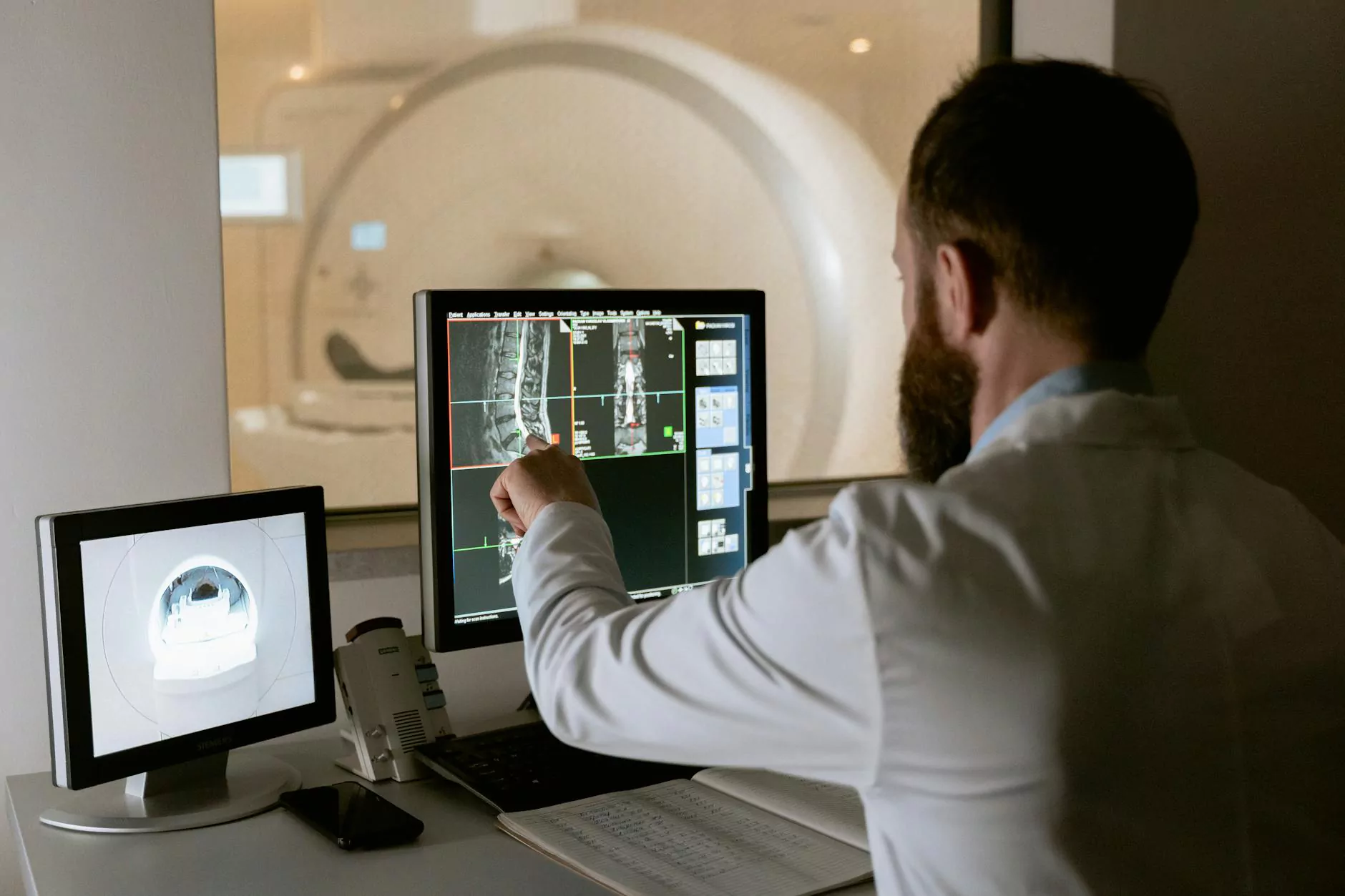MRI Installation: A Comprehensive Guide for Medical Centers

The process of MRI installation is a critical step for medical facilities aiming to enhance their diagnostic capabilities. As healthcare continues to advance, the demand for sophisticated imaging technology is ever-increasing, making it vital for medical centers to prioritize the effective installation of MRI systems. This article delves into the intricacies of MRI installation, from planning and execution to maintenance, ensuring that healthcare professionals are well-informed to make the best decisions for their facilities.
Understanding MRI Technology
Magnetic Resonance Imaging (MRI) is a non-invasive imaging technique used to create detailed images of organs and tissues within the body. It is particularly useful in diagnosing conditions related to the brain, spinal cord, joints, and soft tissues. Understanding how MRI technology works is essential for proper installation and operation.
- Magnetic Field: MRI uses powerful magnets to create a strong magnetic field that aligns the protons in the body.
- Radio Waves: Pulses of radio waves are sent into the body, which excite the aligned protons.
- Image Reconstruction: When the radio waves are turned off, the protons return to their original alignment, emitting signals that are converted into images by a computer.
Importance of Professional MRI Installation
While it may seem feasible for a facility to handle the installation of an MRI machine internally, professional installation is crucial for several reasons:
- Expert Knowledge: Professional installers possess extensive training and expertise in handling complex MRI technology and are familiar with manufacturer specifications.
- Compliance: Medical imaging equipment must meet strict regulatory requirements. Professionals ensure that installations comply with all local and federal regulations.
- Safety: An improperly installed MRI machine can pose safety risks to both patients and personnel. Professionals take necessary precautions to mitigate these risks.
Key Considerations for MRI Installation
Before initiating the MRI installation process, medical centers must consider several key factors:
1. Facility Requirements
Evaluating the facility's physical space is imperative. Factors include:
- Room size and weight capacity, as MRI machines are large and heavy.
- Magnetic shielding to protect sensitive areas outside the MRI room.
- Access for both patients and medical staff, including pathways for wheelchairs and medical equipment.
2. Power and Cooling Systems
MRI machines require substantial power. Ensure that your facility's electrical infrastructure can accommodate these demands. Additionally, adequate cooling systems must be in place to dissipate heat generated during operation.
3. Safety Protocols
Implementing stringent safety protocols is essential. This includes establishing guidelines for patient preparation, screening for contraindications (such as metal implants), and ensuring the presence of trained personnel during scans.
The MRI Installation Process
Once key considerations are addressed, the actual installation process can begin. Here's a step-by-step overview of what to expect:
1. Planning and Assessment
A thorough assessment by experts helps in planning the installation. This phase includes:
- Evaluating the proposed location for any structural reinforcements.
- Confirming the necessary electrical and magnetic requirements.
- Designing the layout for optimal workflow.
2. Site Preparation
Prior to the arrival of the MRI machine, the site requires careful preparation:
- Convert the designated room to accommodate the machine’s size and weight.
- Install necessary shielding to contain the magnetic field.
- Set up power connections and cooling systems.
3. Equipment Delivery and Installation
Once the site is ready, the MRI machine is delivered. Professional installers will work to:
- Safely unload the MRI machine.
- Position it accurately based on predetermined plans.
- Connect it to the existing infrastructure (power, water, etc.).
4. Testing and Calibration
After installation, rigorous testing and calibration are essential to ensure the machine operates at peak performance. This includes:
- Running test scans to evaluate image quality.
- Ensuring proper functionality of all safety features.
- Confirming the installation meets all regulatory standards.
5. Training Staff
Proper use of the MRI machine is critical. Comprehensive training for radiologists and technicians should involve:
- Understanding machine operation and safety protocols.
- Recognizing indications and contraindications for MRI scans.
- Learning how to troubleshoot common issues.
Ongoing Maintenance and Support
Post-installation, the maintenance of an MRI machine is crucial for its longevity and reliability. Medical centers should implement a regular maintenance schedule that includes:
- Routine Inspections: Regular checks for wear and tear can prevent significant issues.
- Software Updates: Keeping the imaging software up-to-date ensures optimal performance and adherence to the latest protocols.
- Emergency Support: Arrangements for immediate technical support are essential to minimize downtime.
Conclusion
In summary, the process of MRI installation is complex and requires meticulous attention to detail. By focusing on professional installation and maintenance, medical centers can enhance their diagnostic services, ensuring they provide high-quality care. Investing in expert services not only improves operational efficiency but ultimately leads to better patient outcomes. For more information about MRI installation and professional services, consider visiting echomagnetservices.com, where you can find valuable resources and expert assistance for your medical center's MRI needs.



